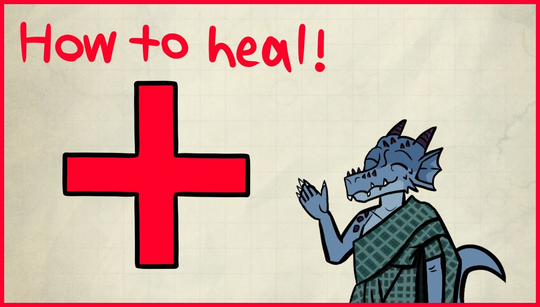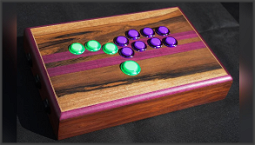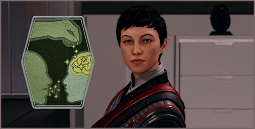Healing in D&D 5e is a unique experience compared to other games. While having a healer is not always necessary, careful planning and a diverse selection of classes and feats can ensure your party's survival. Unlike in other RPGs, healing spells in D&D 5e do not restore a significant amount of hit points. Instead, they become a priority when your allies are knocked unconscious.
The Best Healers in D&D 5e
Cleric
Clerics are widely regarded as the best healers in D&D 5e. Devoted to healing and protecting the faithful, clerics have access to reliable healing spells and ample spell slots for healing. They offer additional beneficial effects for the party, such as buffing allies, removing enemy debuffs, and reviving unconscious characters. Clerics are typically associated with a campaign world's religion, providing guidance on serving the gods. Their divine magic can be powered by intelligence or wisdom. Wisdom, which affects the perception skill crucial for identifying threats, is our recommended spellcasting ability modifier for clerics.
Druid
Druids are also top-tier healers, but they are usually tied to nature, requiring more effort to incorporate them into your campaign world. Similar to clerics, druids offer many of the same benefits. However, their spellcasting ability is tied to charisma instead of wisdom. To optimize your healing capabilities, consider reducing your charisma ability score by one and adding it to intelligence or constitution. This adjustment grants access to more reliable spells like Healing Word and Lesser Restoration, while also boosting hit point regeneration and saving throw proficiencies.
Bard
Bards excel as secondary healers, often overlooked due to their support role. Nevertheless, they can be a valuable option if your party's skill choices or utility and healing roles are lacking. Bards are associated with the arts and typically lack the reliable healing spells of clerics or druids. Instead, their spellcasting ability is tied to charisma, granting access to spells that buff allies and remove enemy debuffs. It is still advisable to have a primary healer in the party when utilizing a bard.
Paladin
Paladins serve as reliable secondary healers, but their heavy focus on the law may require additional effort to incorporate them into a chaotic campaign world. Devoted to a deity, paladins uphold the law and defend the innocent. They possess the unique ability to lay on hands, which restores 1d6 hit points each time it is used on a living creature. Paladins can also use their spells to remove harmful enemy effects, while warding spells like Shield of Faith and Sanctuary provide additional protection.
Ranger
Rangers, tied to nature, are often the preferred choice for players seeking a druid-like character in their campaign world. Like druids, rangers have access to various healing options, although their spells are not as efficient at restoring large amounts of hit points. Cure Wounds spells are typical for rangers, but our top pick is Goodberry, which restores 1d6 + ranger level hit points when consumed. This choice is also applicable to druids.
Alchemist Artificer
Alchemist artificers function as strong secondary healers, despite their tendency to focus on other areas of their class. Alchemist artificers belong to a secret society known as the Alchemists of Transcendence, which explores the relationship between science and magic. Their class features draw from a combination of intelligence and charisma, making them challenging to fit into traditional D&D roles. However, their infusion ability allows for early healing, making them an excellent choice as a secondary healer.















